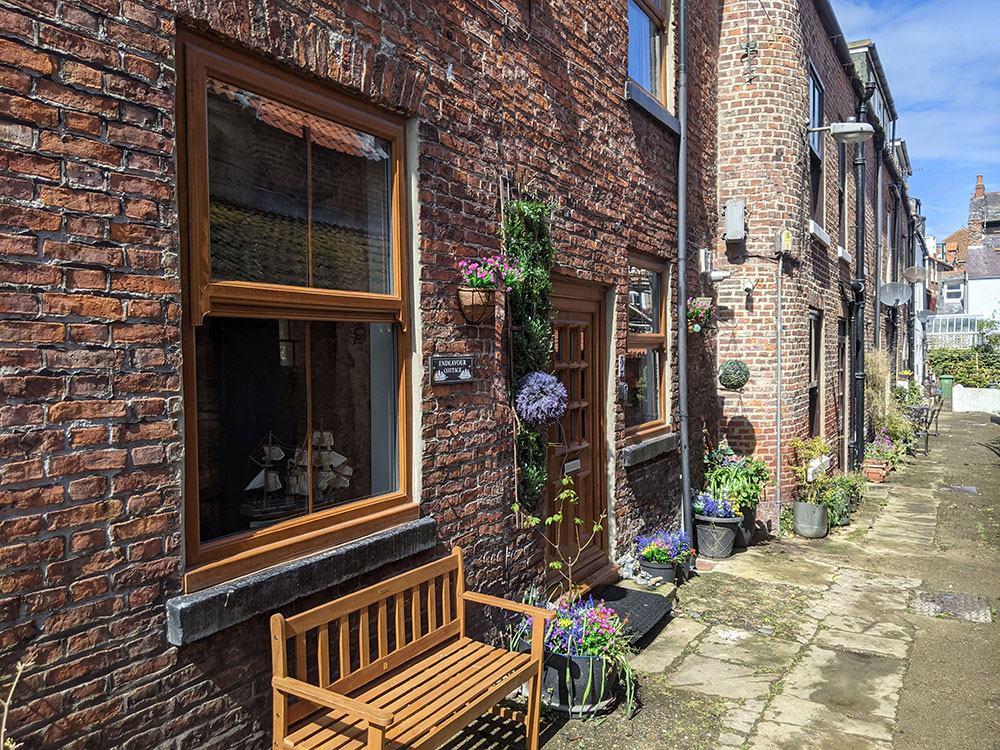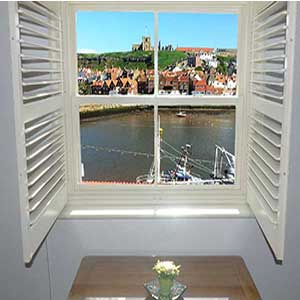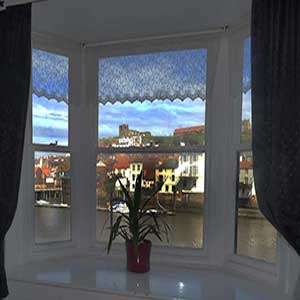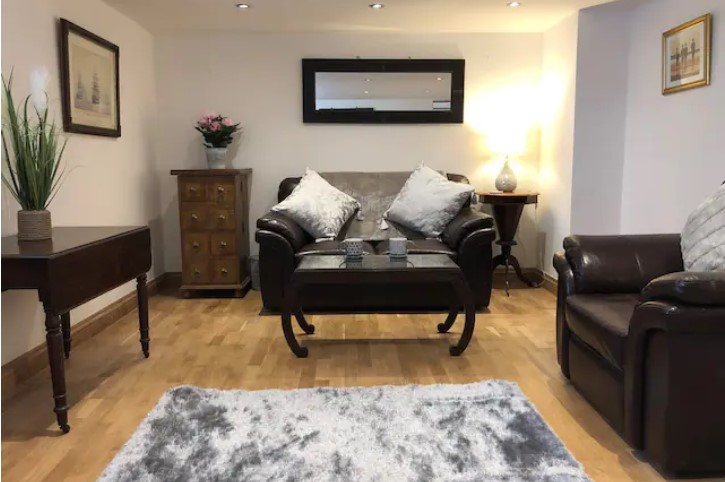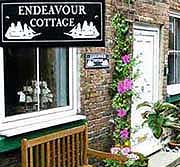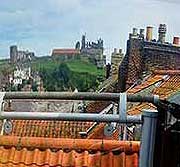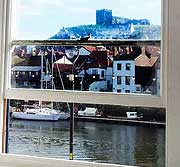Whitby History part 2 Church Street, Scoresby House, Bowlby Bank, Abbey House and St Marys Church
Heading down Church Street away from the centre of town we come to the Seamens Hospital of “Hospitals” as they were known locally. They originated in 1670 to provide help for distressed seamen and their families by providing living accommodation which was maintained by a levy from ships in the port. This excellent charity continues through the Board of Trustees.
On the opposite side of the road there used to be some houses which have long been demolished and it was rumoured that there was a passageway which ran from the Harbour side underneath Church Street and emerged in Elbow Yard, which was used by the smugglers. It was in this area that the very first workhouses were founded in 1727 to 1792, coinciding with St Hilda's being built. These old workhouses were turned into tenements by Mr Gideon Smailes. There used to also be a boat building shop which was run by Mr Anthony Hunter, with a workshop in this area.
Tweet - FB Like Us or G + Us..
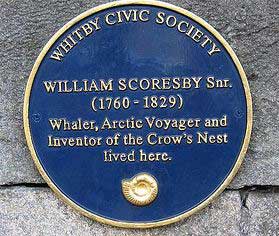 y House, which was also the home of the very well-known Greenland Whalers and the scientist Mr William Scoresby and the son Dr William Scoresby, who invented Ice drills and also the crow’s nest in the 18th-century. The elder Scoresby was very prominent in the local whaling industry, achieving 28 voyages to sea which produced a catch of 540 whales and he was known for getting nearer to the North Pole than any other Voyager at the time. His son Dr William Scoresby at the extremely young age of nine made his first voyage on the Resolution, being the most successful of Whitby's Whalers. When he got older he left the sea behind going to Cambridge, becoming a minister of religion and later becoming the vicar of Bradford, he was acknowledged by
y House, which was also the home of the very well-known Greenland Whalers and the scientist Mr William Scoresby and the son Dr William Scoresby, who invented Ice drills and also the crow’s nest in the 18th-century. The elder Scoresby was very prominent in the local whaling industry, achieving 28 voyages to sea which produced a catch of 540 whales and he was known for getting nearer to the North Pole than any other Voyager at the time. His son Dr William Scoresby at the extremely young age of nine made his first voyage on the Resolution, being the most successful of Whitby's Whalers. When he got older he left the sea behind going to Cambridge, becoming a minister of religion and later becoming the vicar of Bradford, he was acknowledged by 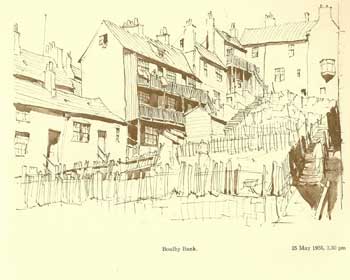 societies of great distinction from locations all over the world.
societies of great distinction from locations all over the world.
Moving on to the area of Bowlby Bank which had at the top section the Manor House of Sir Anthony Bowlby, a very well thought of surgeon, the family was one of Whitby's oldest and most admired. Further along you come to a back lane which leads to “Loading”, or Donkey Road which went all the way from Church Street up towards the Abbey area. This lane had the Abbey stables on it, which were provided for by the Youth Hostel Association. As you emerge from the lane you come round into the Abbey Plain area with its decapitated cross which represents the finest of Whitby and its past.
The ancient Abbey was founded in A.D. 658 by Lady Hilda who was the first Abbes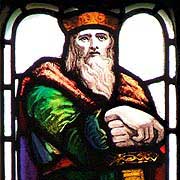 s, Caedmon, the father of English poetry was a cowherd until he received his gift from heaven.
s, Caedmon, the father of English poetry was a cowherd until he received his gift from heaven.
In St Mary's churchyard in circa 1110 the poet Laureate Alfred Austin unveiled Caedmons cross in 1898. The church has many unique features and is well worth a visit, example there is the Huntrood Memorial at the rear of the church underneath its arch.
At the rear of the Whitby Abbey's Museum, there is Abbey House, formerly the Manor house of Whitby. Approximately 1672 Sir Hugh Cholmley built the North side of the house, which is now Abbey house.
Back to Whitby Blog
Whitby a short guide of the town and its attractions
Whitby Guide history of the streets and buildings intraduction
History Of Flowergate in Whitby
Whitby History part 1 Whitby Bridge, Grape land and Tin Ghaut
Whitby History part 2 Church Street, Scoresby House, Bowlby Bank, Abbey House and St Marys Church
Whitby History part 3 Henrietta Street Fortunes Kipper, the Bllck Horse and the White Horse and Griffin
Whitby Guide history of the streets and buildings part one intraduction
Whitby Guide history of the streets part one Church Street
Whitby Guide history of the streets part three St Anns Staith to the Piers
Whitby Guide History of the streets part four from Khyber Pass to Baxtergate


